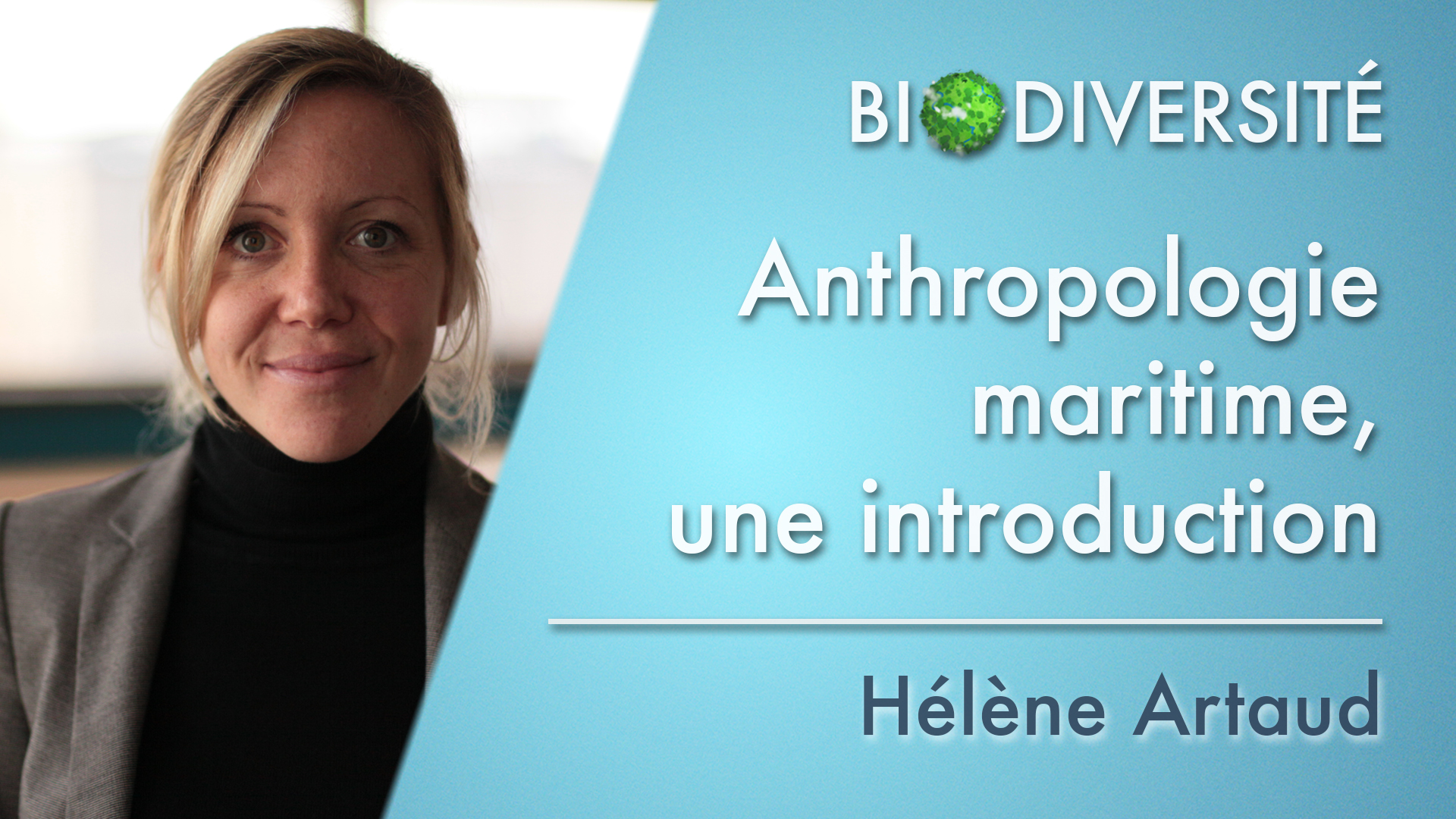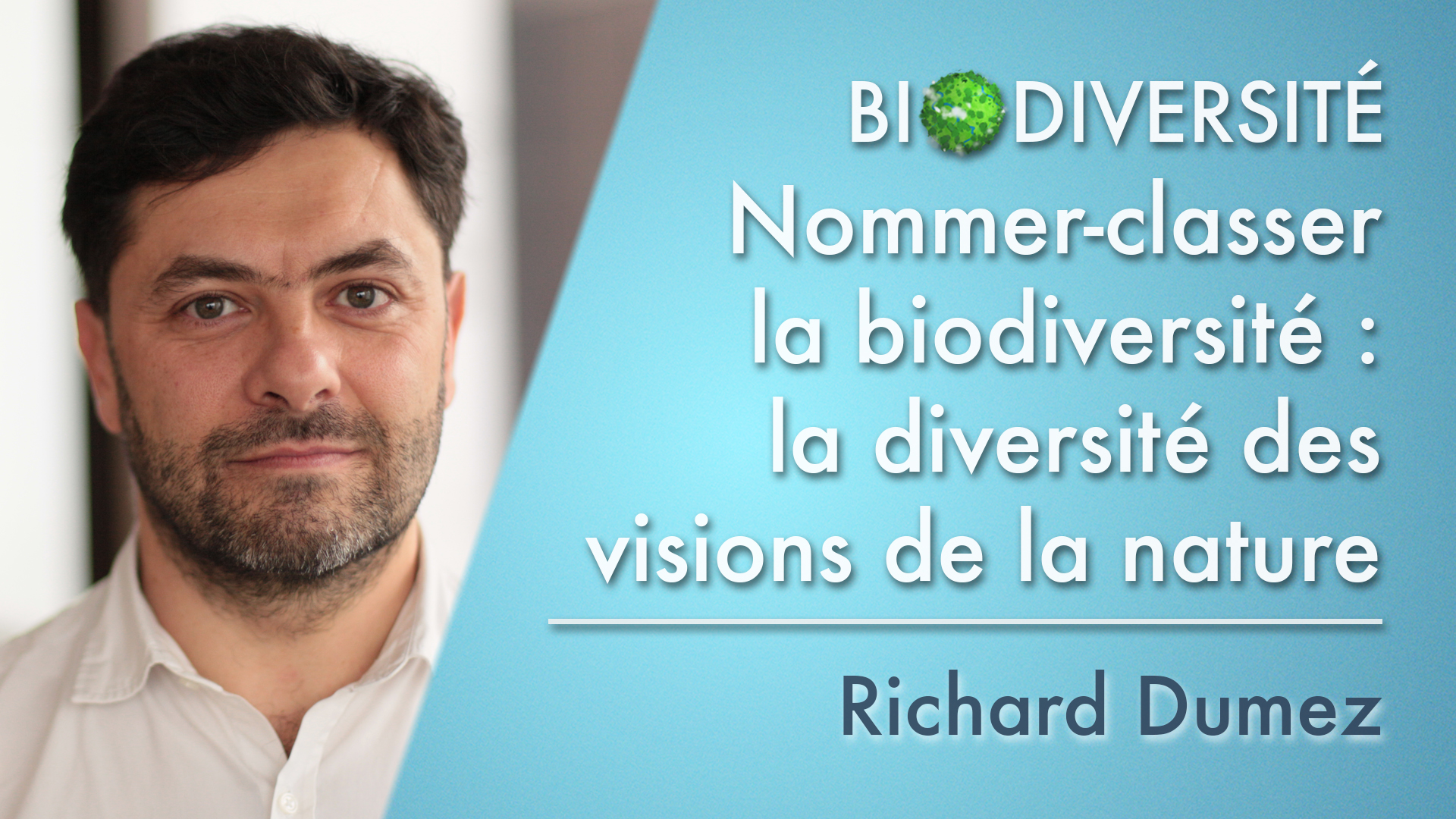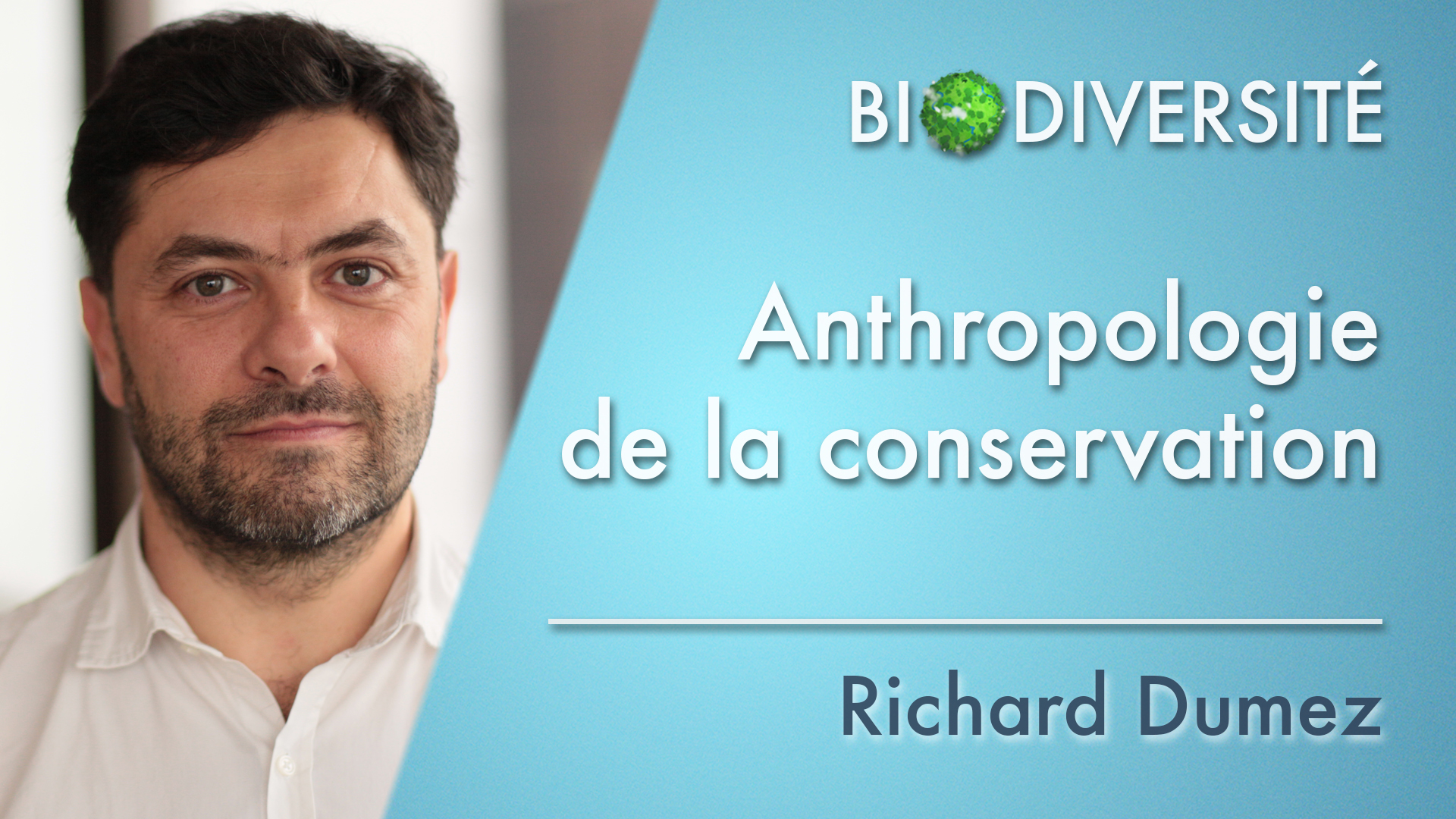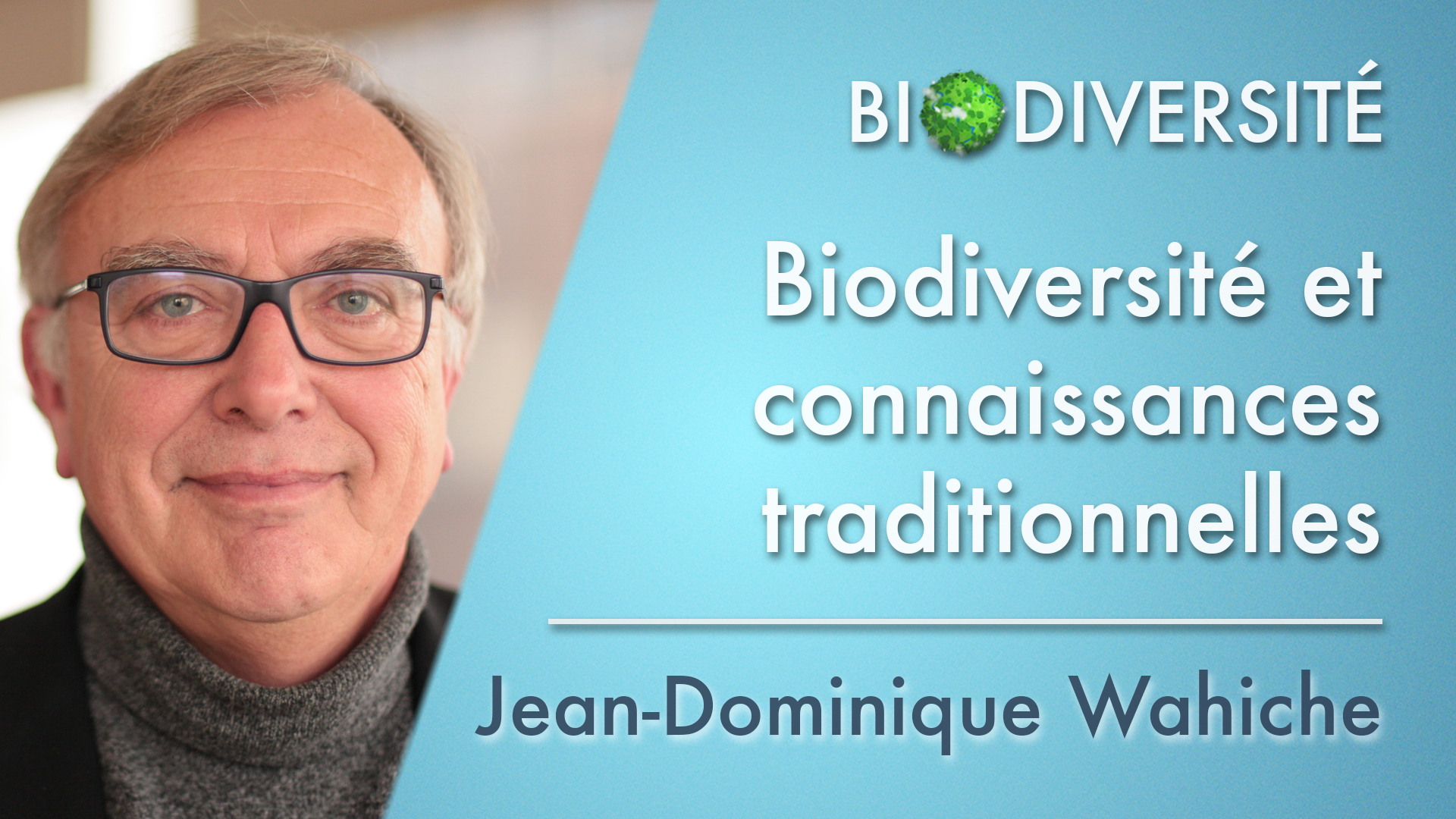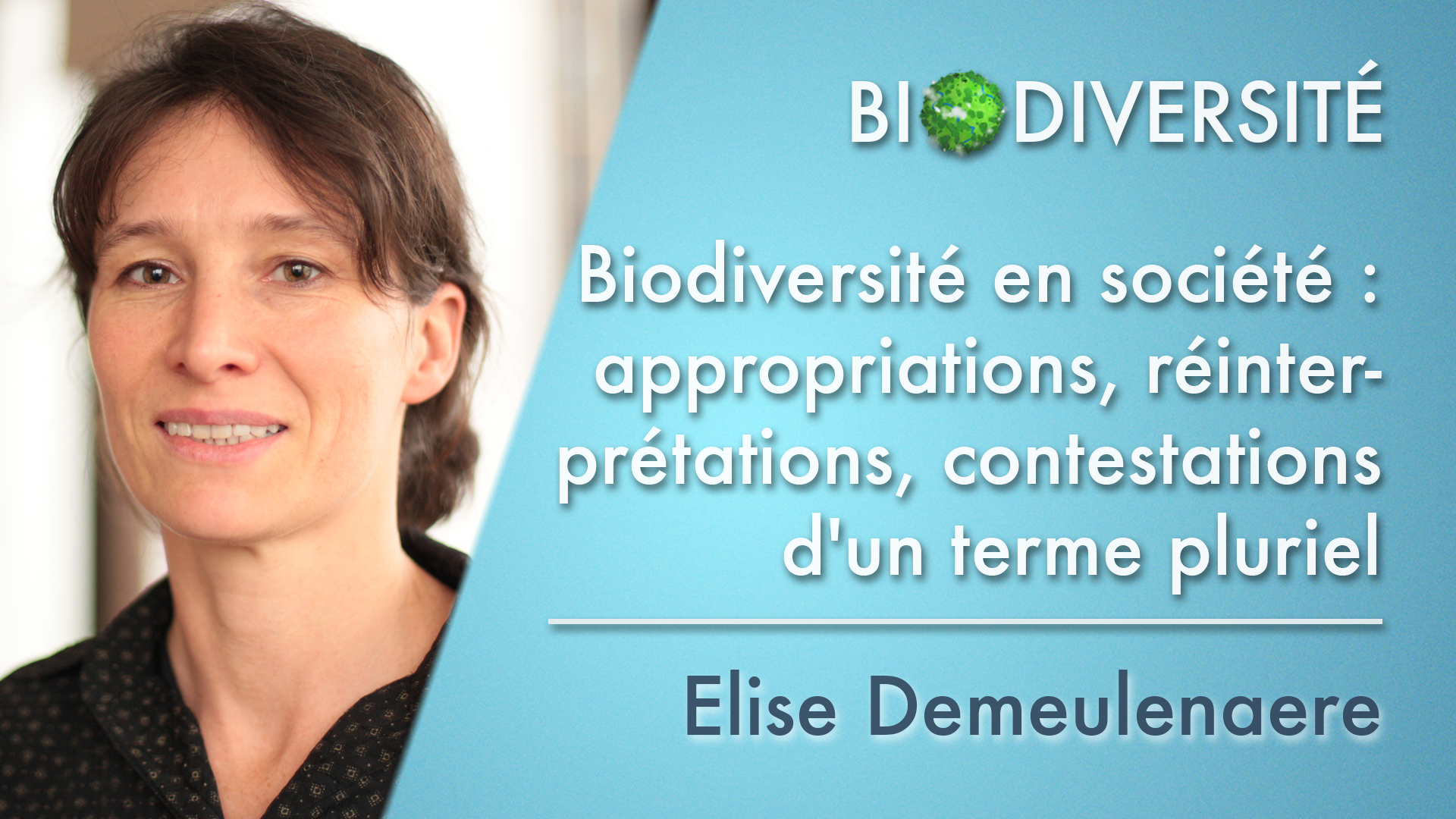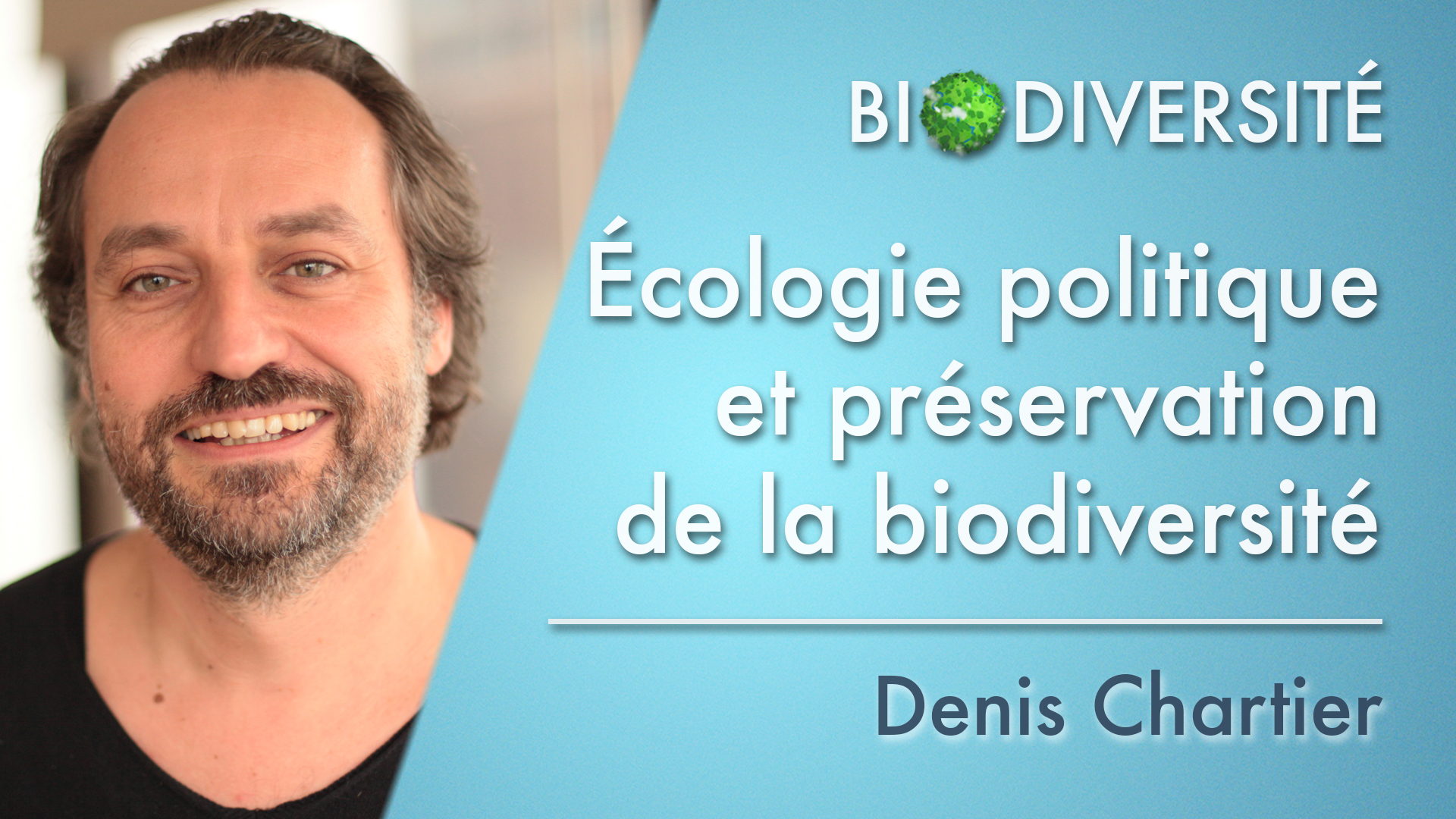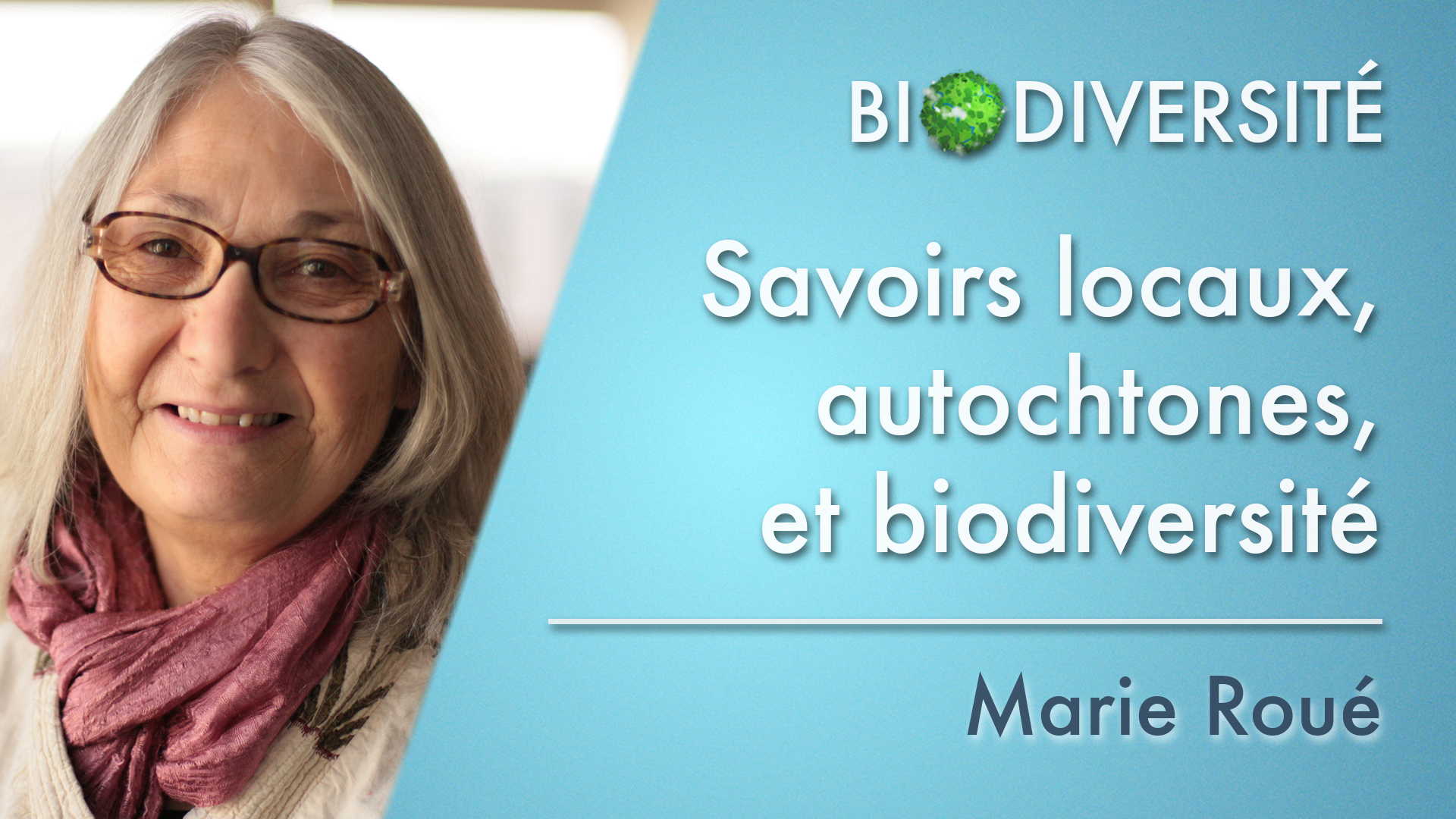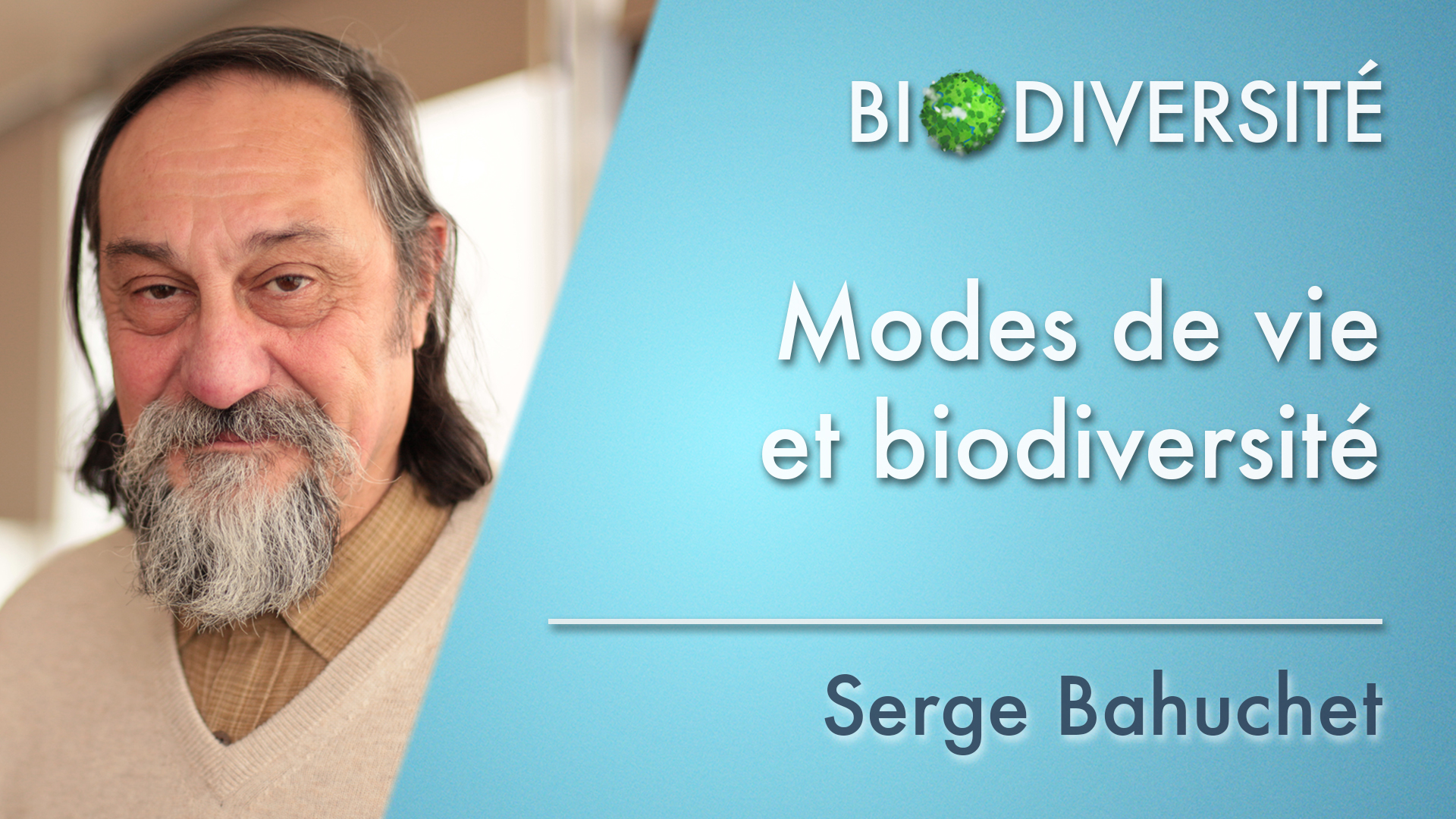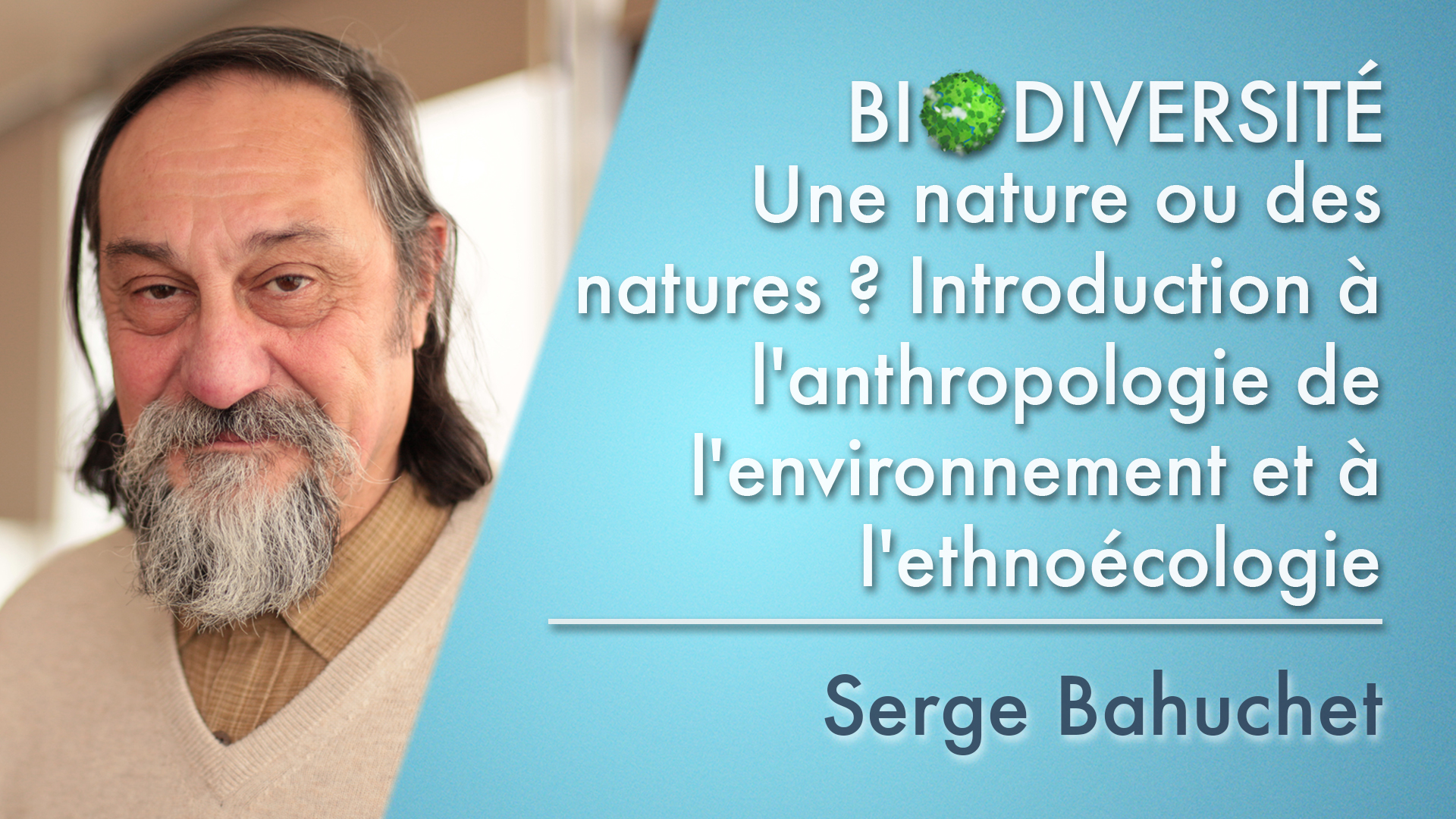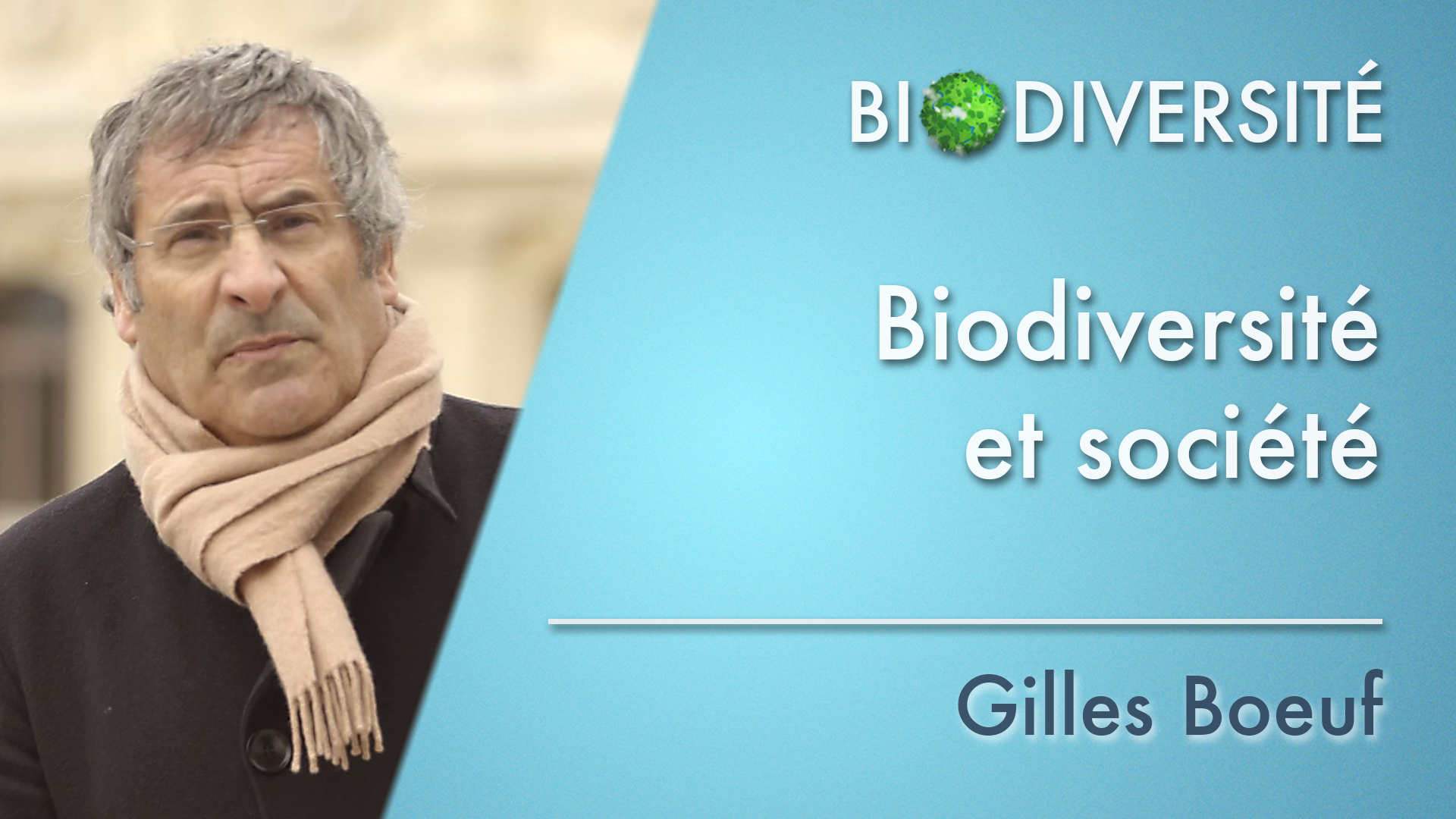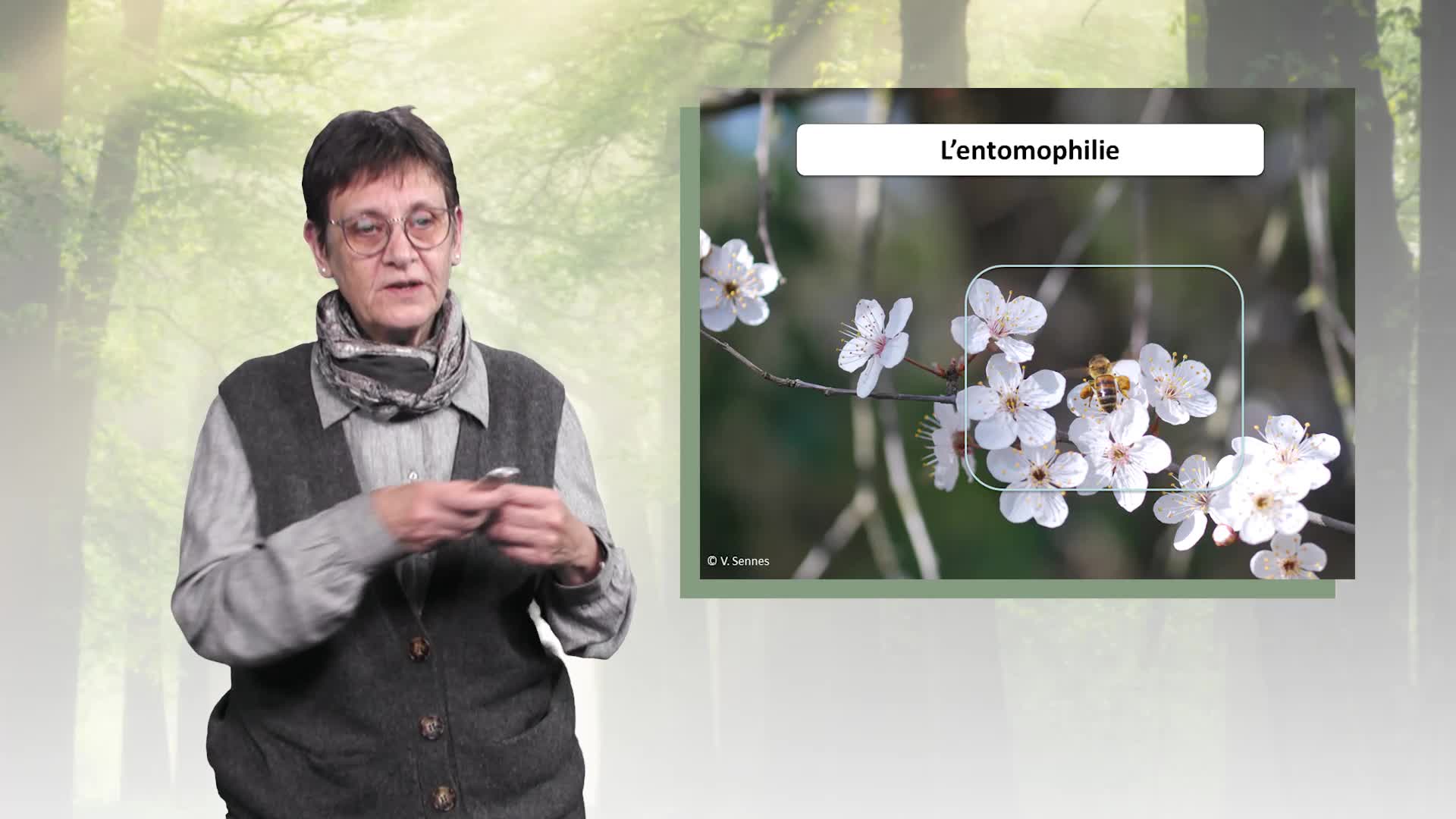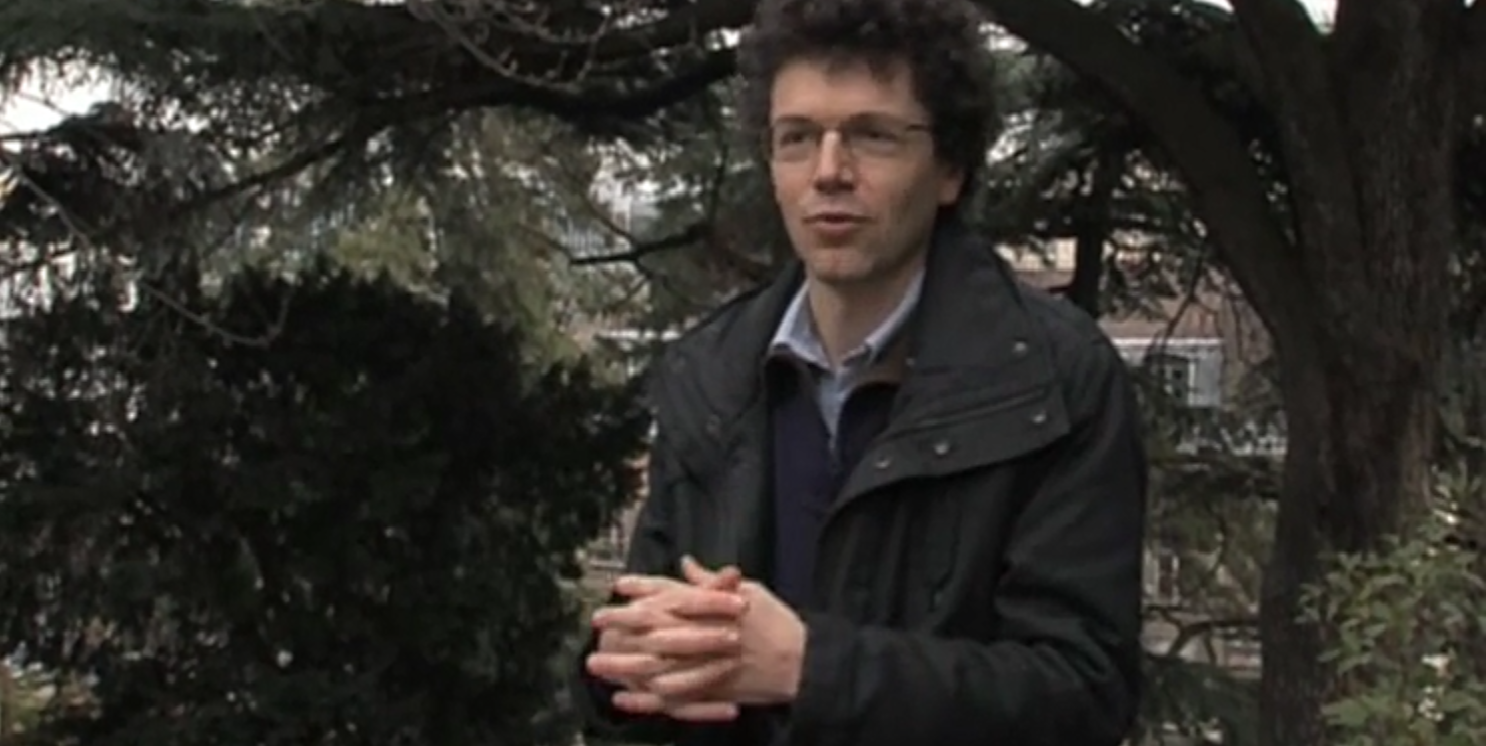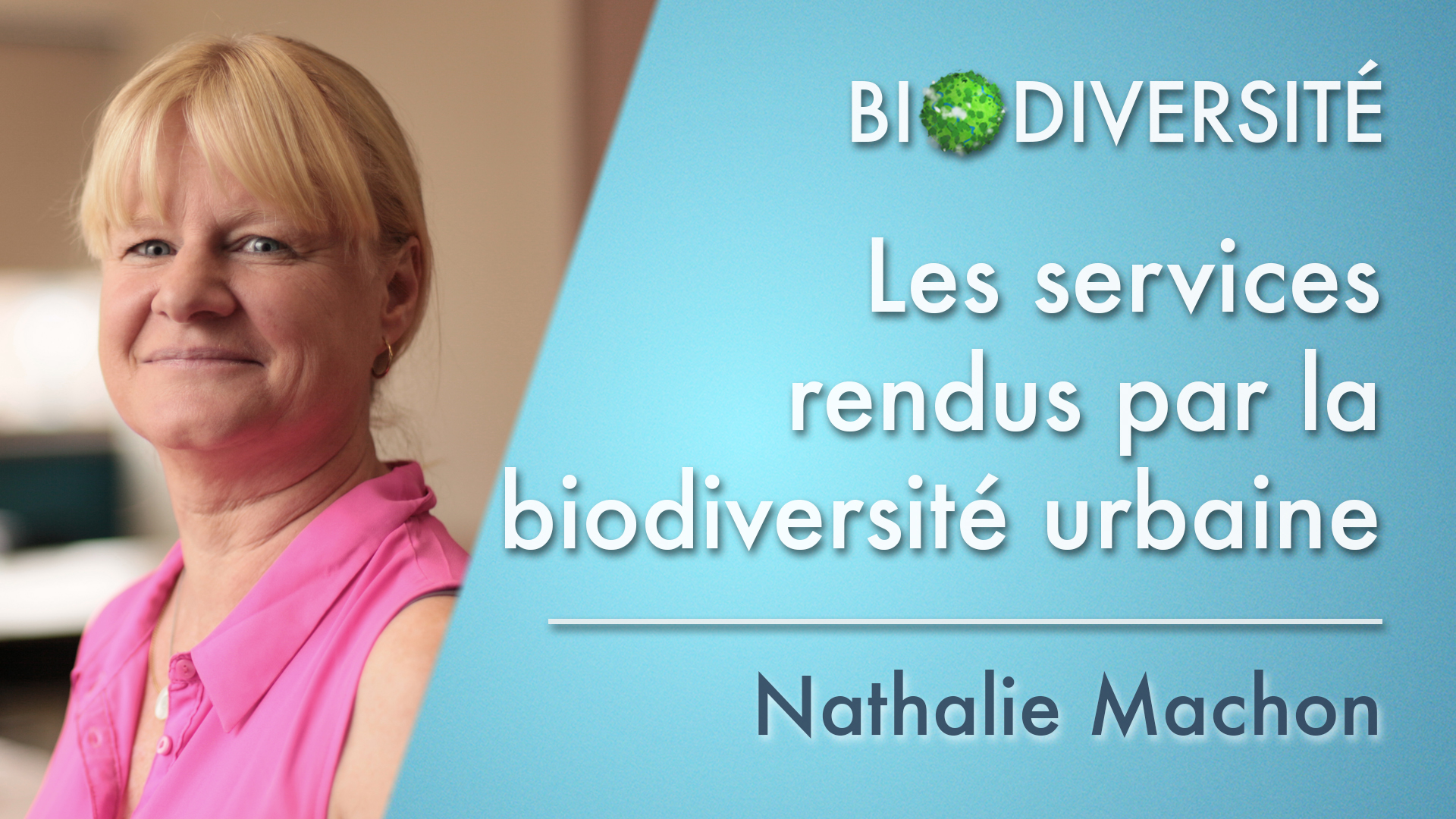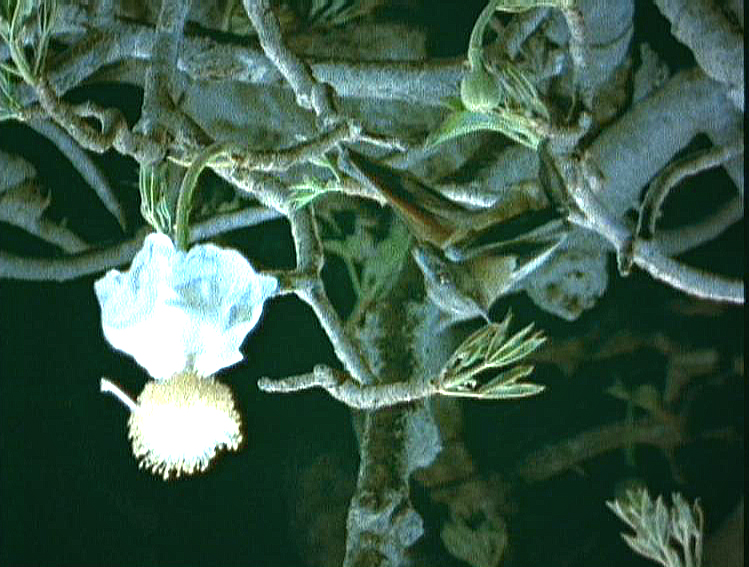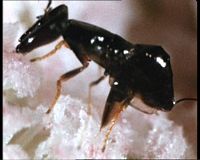Notice
8. Écologie politique et préservation de la biodiversité
- document 1 document 2 document 3
- niveau 1 niveau 2 niveau 3
Descriptif
Denis Chartier présente l'écologie politique scientifique. Après une remise en contexte international, il en propose une définition. Afin de bien comprendre les apports de cette discipline, il la mobilise dans le cadre de deux situations : la disparition des abeilles et la mise en réserve des écosystèmes.
Dans la même collection
-
EN-6. Maritime anthropology, an introduction
ArtaudHélèneHélène Artaud presents the field of maritime anthropology, whose vocation is to study the nature and the diversity of relations between human populations and maritime areas. She highlights the
-
EN-9. Biodiversity and peace
BelaïdiNadiaNadia Belaïdi presents the Peace Parks, which are protected areas having an objective of biodiversity cross-border protection, of peace between populations sharing resources, and of local development.
-
EN-4. Naming and classifying biodiversity: a diversity of the view of nature
DumezRichardThrough the study of the life classifications variety, Richard Dumez evidences the diversity of the views of the nature. Scientific classification, popular or vernacular classifications, he indicates
-
EN-7. Anthropology of conservation
DumezRichardRichard Dumez defines the anthropology of conservation, "crisis discipline" from the confluence of conservation biology, ethnoecology and nature anthropology.
-
EN-10. Biodiversity and traditional knowledge
WahicheJean-DominiqueJean-Dominique Wahiche evokes the law of the biodiversity and of traditional knowledge. On the basis of a definition of the heritage notion, he recounts the history of international negotiations about
-
EN-5. Various ways of reading biodiversity: appropriation, reinterpretation and dispute of a plural…
DemeulenaereEliseElise Demeulenaere proposes an analysis framework to better understand the variety of nature and biodiversity appropriation modes. She gives several examples underlining this diversity: the
-
EN-8. Political ecology and protection of biodiversity
ChartierDenisDenis Chartier presents the scientific political ecology. After a reminder of the international context, he proposes a definition of this. In order to understand the contributions of this discipline,
-
EN-3. Local and indigenous knowledge and biodiversity
Marie Roué mentions the native and loval knowledge, especially its expertise and its preservation. She presents the international legal context, then she talks about its diverse components: knowledge,
-
EN-1. Ways of life and biodiversity
BahuchetSergeSerge Bahuchet comes back to some crucial uses of the environment by the human populations: hunting, harvestinf, farming and agriculture. He evidences the complementarity of those uses, the
-
EN-2. One single type of nature or several different types: the diversity of vision for nature.
BahuchetSergeSerge Bahuchet explains that the nature is the subject of different views and perceptions. He recounts the main scientific currents which were interested in this (nature anthropology, ethnoecology,...
-
Biodiversity and society - Introduction
The preservation of the biodiversity, and of the services it provides to the human societies, involves a large variety of stakeholders and looks. All the preservation strategies are linked to the
-
5. Biodiversité en société : appropriations, réinterprétations, contestations d'un terme pluriel
DemeulenaereEliseElise Demeulenaere propose un cadre d'analyse permettant de mieux comprendre la diversité des modes d'appropriation de la nature et de la biodiversité. Elle apporte plusieurs exemples mettant en
Avec les mêmes intervenants et intervenantes
-
EN-8. Political ecology and protection of biodiversity
ChartierDenisDenis Chartier presents the scientific political ecology. After a reminder of the international context, he proposes a definition of this. In order to understand the contributions of this discipline,
Sur le même thème
-
Les disperseurs des arbres
Frascaria LacosteNathalieNathalie Frascaria-Lacoste, professeure à AgroParisTech - Université Paris-Saclay, s’intéresse à tous les éléments qui sont impliqués dans la dispersion des arbres.
-
Apiculture en ville : Intérêt des ruches en ville
AlbrespyDamienVidéo de présentation du programme de la semaine 3 s’axera sur l’introduction de l’abeille en milieu urbain et les intérêts des ruches en ville.
-
Osmies Volantes Non Identifiées
« Il y a beaucoup d’abeilles solitaires dans la nature ». C’est une des première phrases de ce film qui s’ouvre par un échange entre un enfant et son père dans les jardins partagés que l’association
-
Pollinisateurs et sciences participatives
JuillardRomainLa sauvegarde de la biodiversité concerne en grande partie celle des insectes pollinisateurs, dans la mesure où la pollinisation joue un rôle essentiel dans l'alimentation, notamment de l'Homme. Les
-
11. Les services rendus par la biodiversité urbaine
MachonNathalieNathalie Machon s'appuie sur l'approche des services écosystémiques pour mettre en évidence l'intérêt de préserver et de promouvoir la nature en ville. Service d'approvisionnement, service de
-
Organisation et activité d'un tube pollinique
DuhouxÉmileModalités de l'hydrodynamique cellulaire dans le tube pollinique d'une gymnosperme : Cedrus atlantica. Organisation cellulaire du pollen et du tube pollinique. Analyse des mouvements cytoplasmiques à
-
Pollinisation du baobab
DuhouxÉmileEtude sur la pollinisation du baobab par les chauves-souris nectarivores Eidolon elvum. Le film montre l’éclosion des fleurs du baobab à la tombée de la nuit et l’attraction qu’il provoque sur les
-
Figuiers tropicaux et pollinisateurs - Relations symbiotiques
MichaloudGeorgesEtude sur les relations de symbiose entre des insectes pollinisateurs et les figuiers, plantes monoïques. Les cycles de reproduction de diverses espèces de figuiers et d'insectes sont observés et


